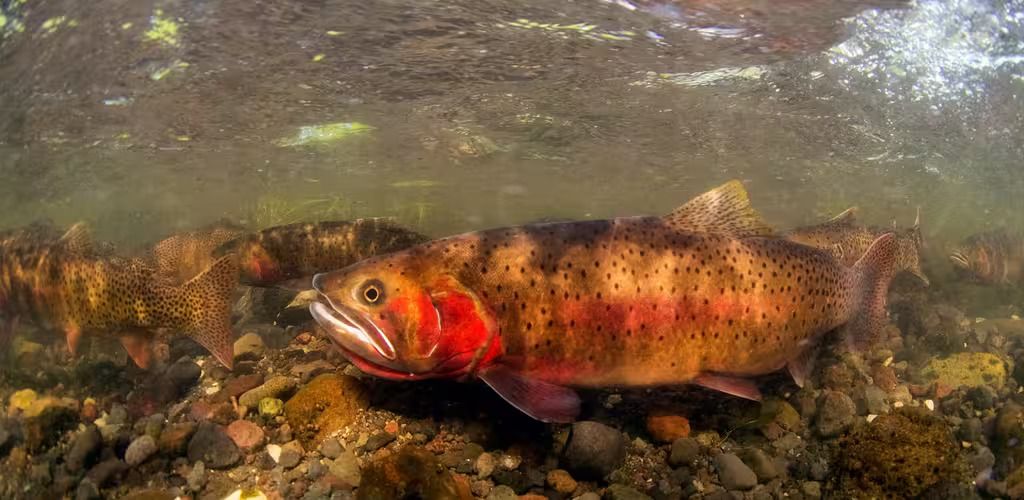
Published at: January 9, 2025 11:21 AM
Updated at: January 10, 2025 7:42 AM
Freshwater environments, though covering only about 1% of the Earth’s surface, are home to more than 10% of the world’s known species. However, like many ecosystems, these habitats are facing significant challenges. A recent study examining freshwater animals reveals the extent of this crisis. Researchers analyzed 23,496 species, including fish, crustaceans like crabs and shrimp, and insects such as dragonflies, finding that 24% of these species are at high risk of extinction.
The major threats to these species include pollution, dams, water extraction, agriculture, invasive species, and overharvesting. The study highlights endangered species, such as the mini blue bee shrimp from Sulawesi and the humpbacked mahseer from India. The researchers also note that over a third of wetlands, like lakes and rivers, have been lost since 1970, exacerbating the problem.
The study helps fill a significant gap in data about freshwater biodiversity. The selected species were chosen for their roles within the food chain, offering a comprehensive view of the health of freshwater ecosystems worldwide. The study shows that the greatest risks are faced by crustaceans (30% threatened), followed by fish (26%) and dragonflies (16%).
Freshwater ecosystems are crucial not just for their biodiversity but for the services they provide, including carbon storage, food sources like fisheries, and medicinal plants. They also hold cultural and aesthetic value. The study identifies four areas with the highest number of threatened species: Lake Victoria in Africa, Lake Titicaca in South America, and regions in India and Sri Lanka.
The study emphasizes the need for better freshwater conservation to prevent further species decline. It calls for integrated management of water resources that balance human needs with ecosystem protection.
Share to